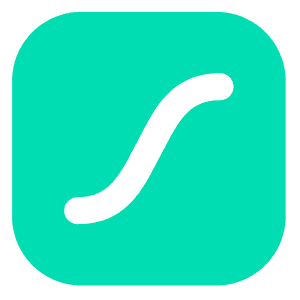The Winnebago App was designed to give Winnebago owners a digital toolkit for managing their vehicle. You can download owner’s manuals and other material relating to your specific vehicle, find local service locations even while you’re away from home, and access How-To videos for servicing your home away from home.

Bringing a Historic American Company Into the 21st Century
Timeframe
2022 - 2023
Role
Lead Product Designer
Context
Winnebago was established in 1953 and for most of its life was the dominator in the market. Leadership took notice of many competitors investing heavily into technology: connected vehicles, smart experiences, and of course, companion apps.
Being the market leader today does not guarantee you to be the market leader tomorrow. Blockbuster, Sears, and many more goliaths returned to dust after not embracing innovation and making big bets. Winnebago did not want to find itself in the same place.
Solution
Make consistent, marginal investments into technology to improve the digital experience for all winnebago customers. The Winnebago App is designed to give Winnebago owners a digital toolkit for managing their vehicle. This was part of an ongoing effort to make owning a winnebago easy and fun.
Thanks to
Marc Fecker, David DiMeo, Kim Weckert, Amanda Brodzik, Ellie Burel, Joe LaLonde, and many more.
Discovery
I drafted the initial development roadmap that would take us from research to design to engineering. During the design phase I would work with my small team of 3 designers to deliver the perfect 0 -> 1 product. It was imperative to deliver something of value today, while planning for future enhancements.
Some upfront work was needed to understand the opportunity space. I interviewed most of the Winnebago leadership to understand what a home-run MVP would like like. I also looked at the research reports from past Winnebago user studies to gather customer pain points. From these, I then compiled notes and affinized them into themes.
I then looked at other RV competitors to understand what aspects worked well for them. Again I compiled these findings and affinitized them into themes.

SWOT Analysis
I also looked into industry research that explained the value of RV app experiences, good practices, and design pitfalls. With this, and the findings from previous exercises, I completed a SWOT analysis of apps with my team. We came up with this list:
Strengths
Self-service capabilities
Access to customer support
Ease of use
Curated content
Specialized experience based on model
24/7 accessibility
Weaknesses
Limited available capabilities
Flat information architecture
Customer perception
Visual design
Design
Tailor the experience to the customer
Understand the emotional state and journey of the customer before entering The Winnebago App, and personalize the experience accordingly to the customer’s specific model.
Educate in Stages
Set realistic expectations early, and avoid unintended deception. Describe user benefits, not technology. Describe the core value initially, but introduce new features as they are used.
Make the Experience Memorable and delightful
We encourage the customer to return to The Winnebago App by providing delightful and memorable experiences. The customer is never stuck in a dead-end. If we aren’t able to solve the issue, we will direct the customer to a human who can.












